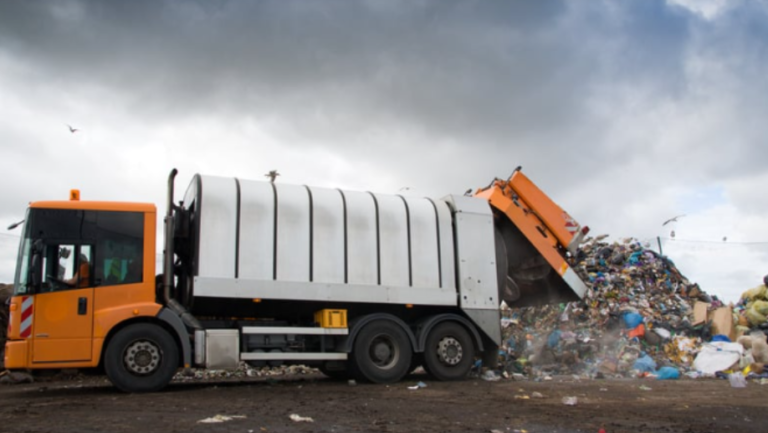How Wire Decking Enhances Load Stability and Boosts Efficiency in Warehousing
Warehouse operations rely heavily on safety, structure, and speed. The right racking system can significantly improve productivity, and selecting the right components is crucial. One of the most overlooked but impactful additions is wire decking. For operations seeking a balance between safety and efficiency, working with professional wire decking suppliers offers a practical solution. Wire decking plays a crucial role in supporting product loads, enhancing airflow, and meeting fire safety codes, while also contributing to operational optimization. Let’s explore why wire decking is a wise investment for warehouse efficiency and structural reliability.
Enhancing Load Stability with Wire Decking
A warehouse’s primary function is to store goods safely and in an organized fashion. Wire decking provides a flat and secure surface for pallet loads, preventing items from tipping, slipping, or falling between racking beams. Unlike traditional wood decking, which can warp or become compromised over time, wire decks maintain their shape and integrity even under heavy use. Additionally, wire decks are compatible with a variety of storage styles, including both palletized and non-palletized items. Their versatility ensures stable support regardless of what is being stored. This minimizes the risk of product damage and supports a safer environment for workers who handle inventory at all levels of the rack.
See also: Role Of Healthcare Contact Center Services In Accelerating Business Growth
Operational Benefits for Modern Warehouses
Implementing wire decking offers long-term cost savings through enhanced durability and improved workflow. The open mesh design provides better visibility, enabling workers to locate and retrieve products more easily. This leads to faster order fulfillment and fewer errors in high-demand environments. Beyond the immediate gains in visibility and speed, wire decking supports compliance with fire safety codes, allowing water from sprinklers to pass through unobstructed. This added layer of safety is a non-negotiable requirement in many jurisdictions and facilities.
Maintenance and Longevity Considerations
Professional services ensure that the installation is not only done correctly but also that the materials meet industry standards. Maintaining that quality over time is essential to avoid future hazards or costly replacements. Periodic inspections and cleaning help extend the usefulness of the system. Knowing the proper methods and timelines for upkeep can save time and reduce operational disruptions. To get the most out of your setup, it’s essential to understand that the best practices for care warehouse operators who are proactive with their equipment management benefit from longer-lasting components. Understanding the tips on how to maintain and extend the lifespan of wire decking highlights preventive measures that avoid common pitfalls.
Safety and Supplier Impact
Warehouse safety goes beyond protective gear; it starts with the infrastructure itself. By integrating wire decking into pallet rack systems, companies reduce the risk of accidents related to product instability or rack failure. Additionally, the materials used in quality wire decks are often tested to meet or exceed load capacity guidelines, giving warehouse managers peace of mind. Choosing the right supplier also matters. Those who specialize in wire decking understand the impact on warehouse operations and can recommend appropriate configurations for specific needs. The role of wire decking suppliers in supporting warehouse safety standards is especially important when selecting long-term partners who provide both product knowledge and industry-compliant materials.
Conclusion
Wire decking is more than a structural component; it’s an operational asset. From improving load stability and enhancing safety to boosting efficiency in daily operations, its impact on warehousing performance is significant. Investing in professional services ensures the proper selection, installation, and maintenance of equipment, all of which contribute to a safer, faster, and more productive warehouse environment.






